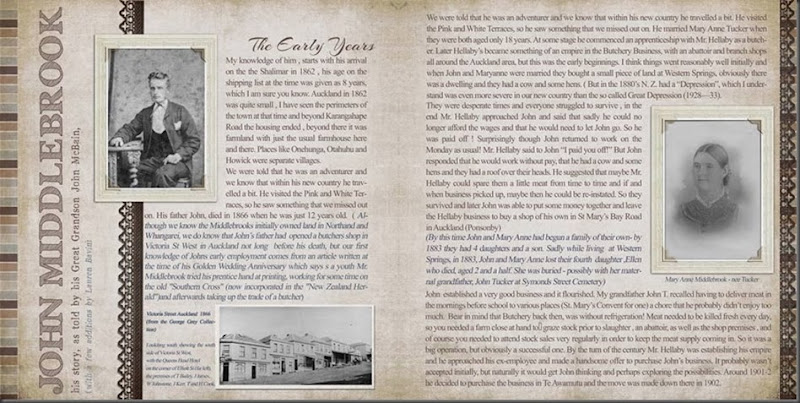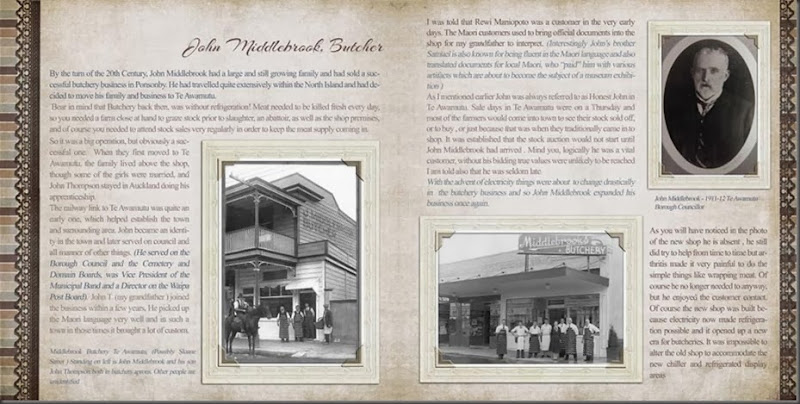
I just love this photo of my 2x G Grandfather in his Orange Regalia - when I was a child and before I knew what it was I imagined he was someone royal or in a highly important office!
Journalling reads
The Orange Lodges commemorate and celebrate the victory of the Protestant King of England, William III of Orange, on July 12th over the forces of Roman Catholic King James II in 1690 at the Battle of the Boyne, a critical victory in William's war to take possession of Ireland. It was not until 1795 that the first Orange Lodges were set up following further unease and aggression between Protestants and Catholics culminating in a deadly battle at Diamond, County Armagh.
By the time the Ulster settlers came to Katikati there were more than 200 Orange Lodges in Ireland, 500 in England and 600 in Scotland.
Katikati's founder, George Vesey Stewart, was an Orange man and recruited many of the original settlers through the Ulster Orange Lodges. The first meeting of the Katikati Orange Lodge was held in an old shanty but by 1881 fundraising began for a hall, however unlike the Northern Hemisphere Lodges of the time this was proposed as a community hall with no sectarian limitations, and in fact both Presbyterian and Catholic churches held services in the Orange Hall. It was used for almost every social gathering , dances which began at 8pm and finished when the party goers left to milk the cows in the morning .
Katikati Lodge was designated L.O.L 30 , and the lodge remained in Katikati until 1919 when it moved to Waihi but by the 1930s there was a lodge again in Katikati.
Marches and festivities were held by the Orange Lodges on 12th July and still are to this day in Ireland however this tradition was not long lived in Katikati. In fact while old traditions died new traditions were begun in New Zealand which was the only country that allowed women to become Orange lodge members
In 1874 George Vessey Stewart arrived in New Zealand looking for suitable land to form a settlement of people from Ulster away from the religious problems of Ireland. He arrived in Tauranga and the Survey Office put at his disposal a young man named Sam Middlebrook. Together they decided on the KatiKati area of the Bay of Plenty. Stewart applied for 10,000 acres and recruited families and friends through the Orange Lodges of Northern Ireland. Samuel married the daughter of Stewart Rea, a loyal Orangeman and so this and this was the beginning of Samuel’s association with the Orange Lodge Institution.



 and afterwards taking up the trade of a butcher)
and afterwards taking up the trade of a butcher)